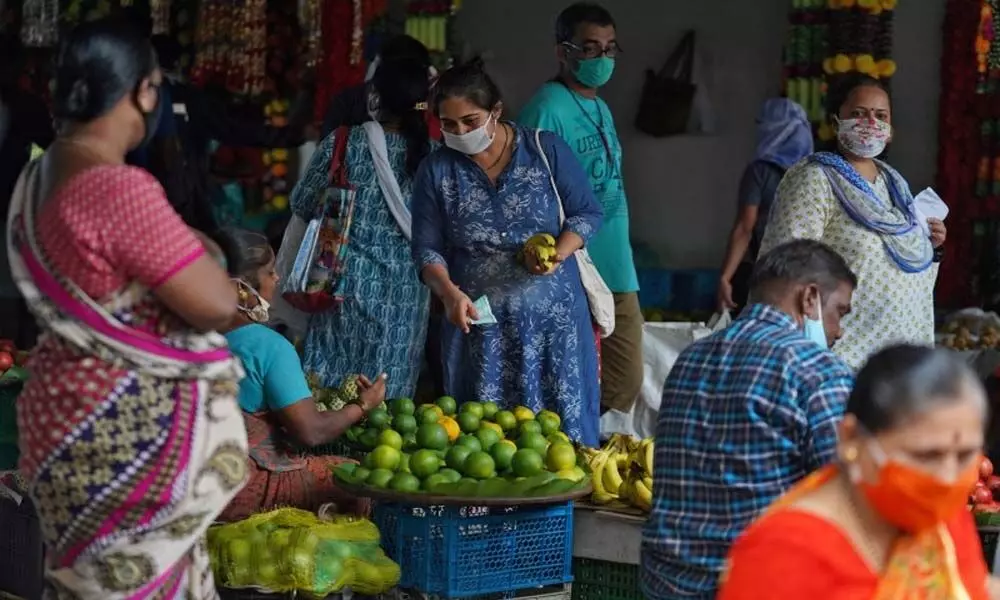Easing retail inflation is a clear indication of policy normalisation
The good news is that the retail inflation has eased in the month of July, which was mostly due to fall in price of vegetables.
image for illustrative purpose

The good news is that the retail inflation has eased in the month of July, which was mostly due to fall in price of vegetables. Even, food price inflation has come down to 3.96 per cent in July, from 5.19 per cent in June. The interest rate is all set to move northwards. Not to mention that after remaining unchanged for seven times in a row in the past, the key policy rates are set to go up by December, which will simply mean that you will have to pay increased EMI for your home loan. Still, it'll pave way for country's economic growth.
Talking of IIP, June IIP is broadly in line with market expectation and if all goes well, it was set to slip to single digit in July. The considerable moderation in the CPI inflation to 5.6 per cent, which recedes below the MPC's upper 6 per cent threshold, in July from 6.3 per cent a month in the previous month was primarily led by food and beverages, while core inflation and fuel and light recorded a modest dip.
While core inflation softened to 5.7 per cent in July from 5.9 per cent in June, provides some relief, the inflation for food and beverages also recorded a substantial cooling in July. Another succour being the fact that the supply-side measures taken by the Government appear to have helped dampen the inflation for oils and fats as well as pulses.
Of course, the easing retail inflation will help quell anxiety about the immediacy with which rates need to be hiked. Icra foresees a change in the stance to neutral from accommodative in the February policy review, followed by a hike in the repo rate of 25 bps each in the April and June reviews.
If this is going to be the scenario in the days to come, then how long will RBI keep ignoring the inflationary risk? Coming on IIP, with the gradual lifting of restrictions by the states, the IIP recorded a sequential uptick of 5.7 per cent in June, led by manufacturing (7.4 per cent), while remaining subdued relative to the April level, highlighting that the recovery was far from complete.
The IIP recorded a base-effect led YoY expansion of 25.3 per cent, while remaining 6.6 per cent lower than the pre-Covid level of Q1 FY20, chiefly reflecting the impact of the second wave of Covid-19 on manufacturing.
With the continued unlocking, several of the available high frequency indicators for July, such as coal output, electricity demand, generation of GST e-way bills, non-oil merchandise exports and petrol consumption have climbed above their pre-Covid (July 2019) level. Nevertheless, a further normalisation in the base suggests that the IIP growth may slip into single-digits in July.


